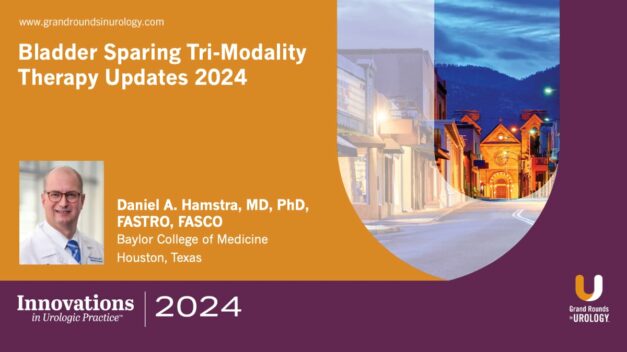Alternative Access Approaches for Less-invasive Nephron-sparing Surgery
Richard E. Link, MD, PhD, explores advances in robotic kidney surgery, focusing on nephron-sparing approaches and alternative access strategies, specifically through the low anterior access with the SP (single-port) robot. Historically, while only about 10% of nephron-sparing surgeries employed the retroperitoneal technique due to challenges in positioning and multiport access, the advent of the SP robot has significantly altered this landscape.
In this 18-minute presentation, Dr. Link shares the low anterior access technique, which offers a versatile approach to addressing tumors located anywhere in the kidney—anterior, posterior, medial, or lateral—while minimizing the need for complex patient positioning. The primary advantage of this approach is reduced postoperative complications, faster recovery, and less pain, which are of greater importance to patients.
Data from Link’s practice indicate a marked increase in adopting retroperitoneal access using the SP robot, rising from 15% to 80% over recent years. This shift has led to a significant reduction in hospital stays and a streamlined surgical process, resulting in shorter operative times. Dr. Link shares video of the process and includes practical tips for optimizing this approach.
Read More




